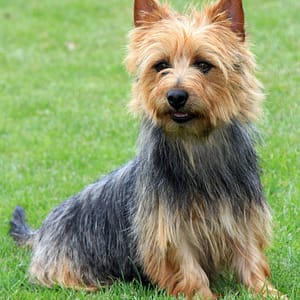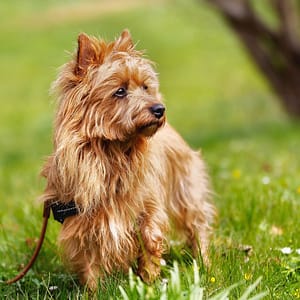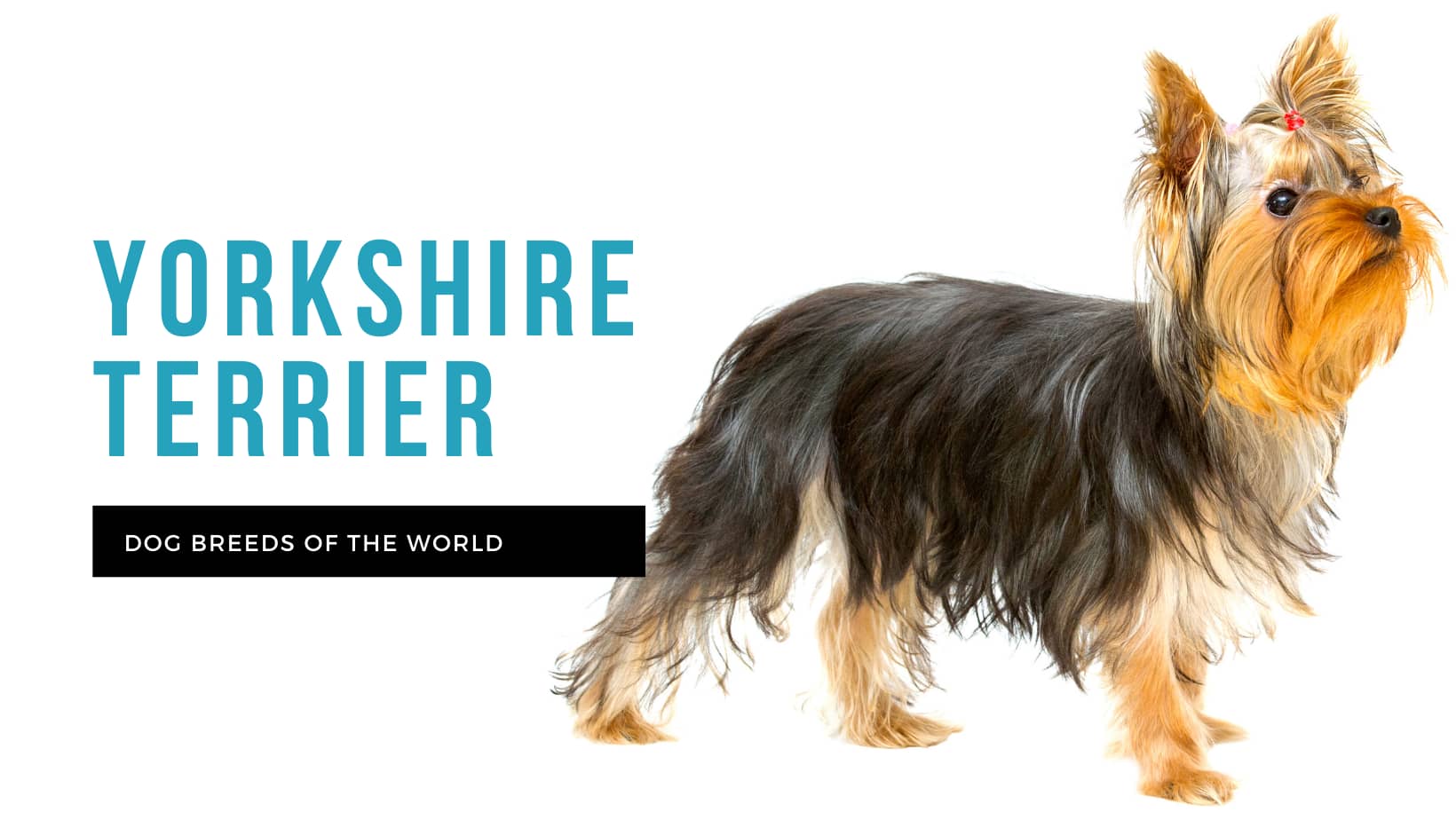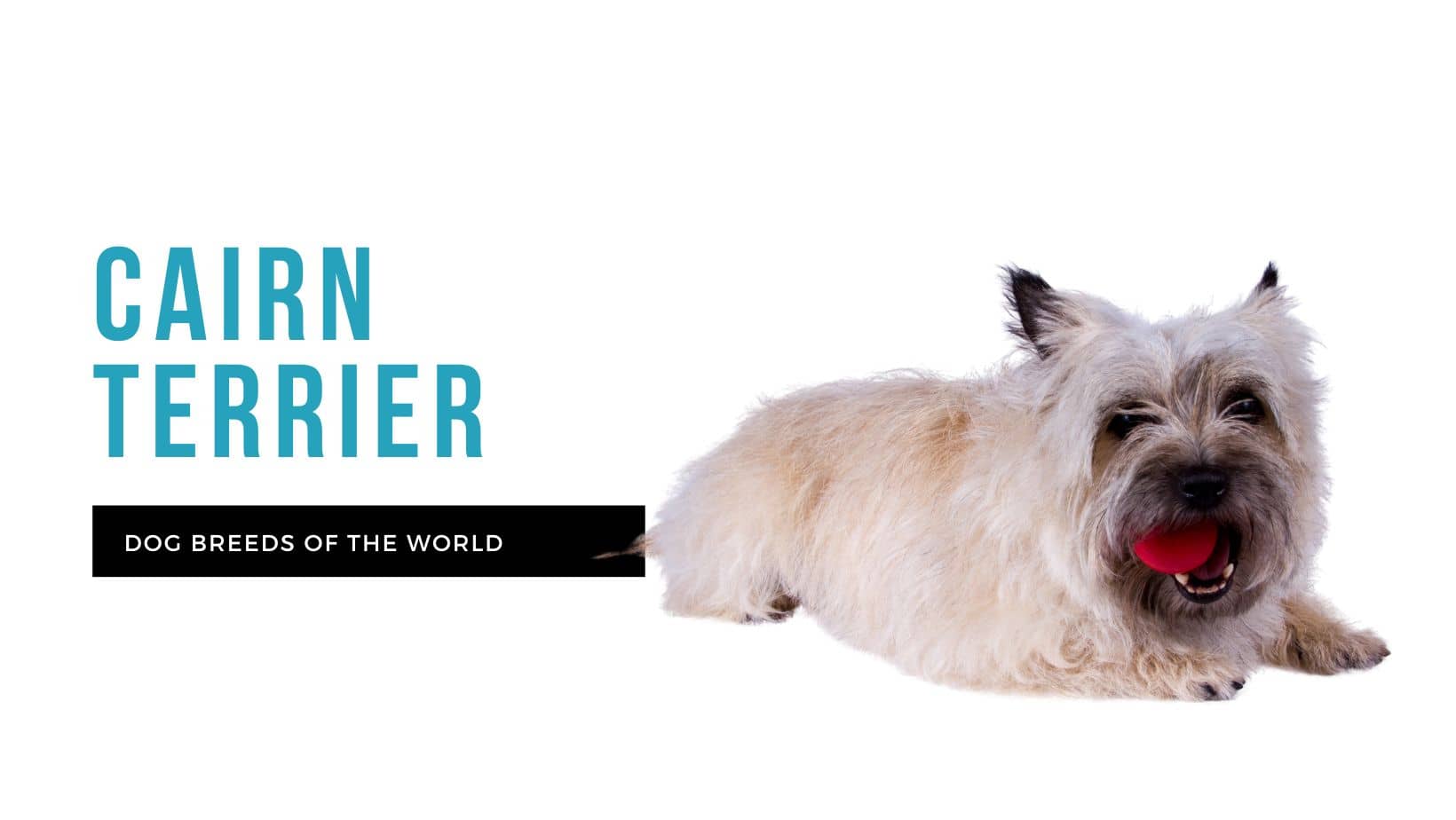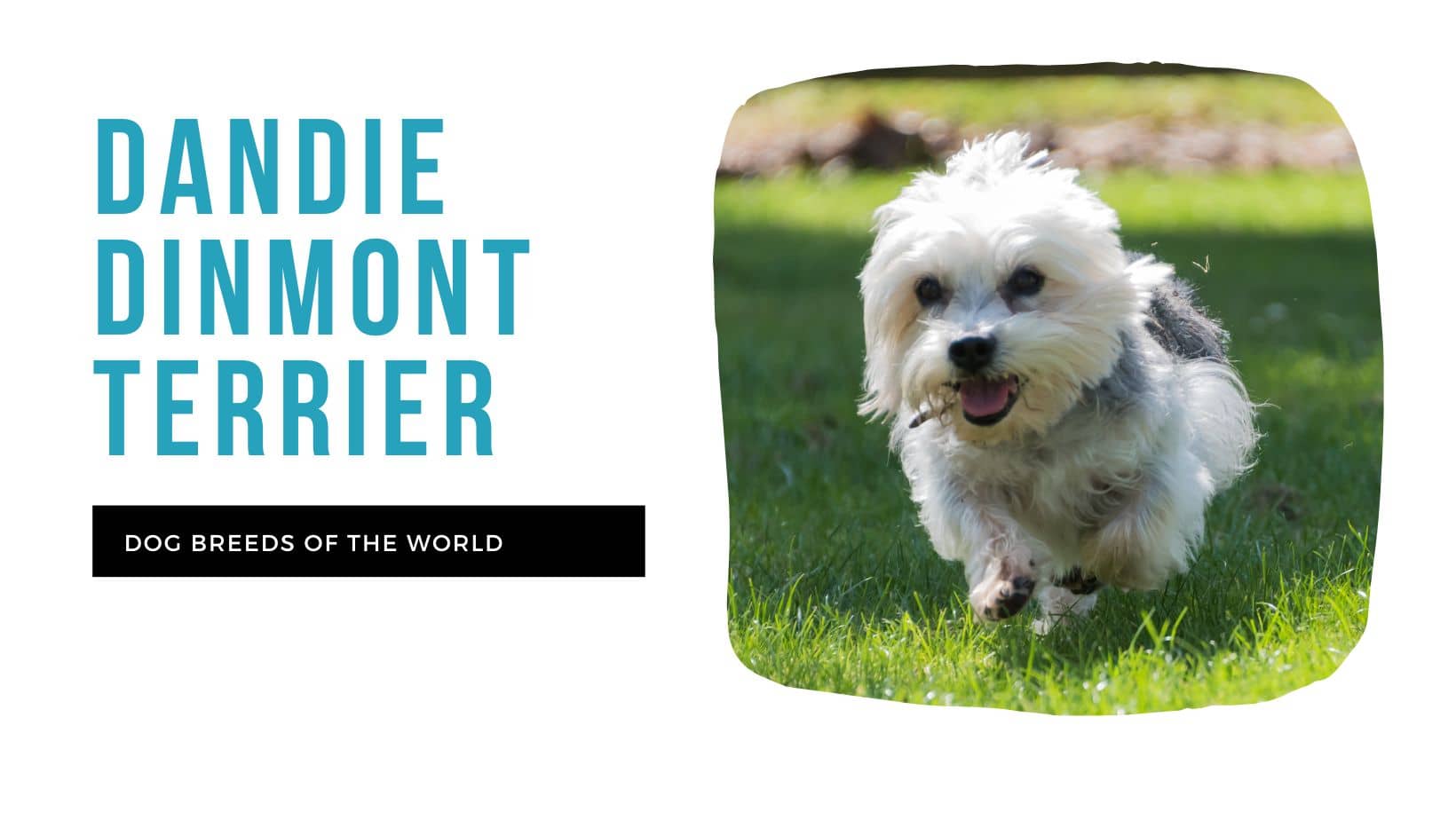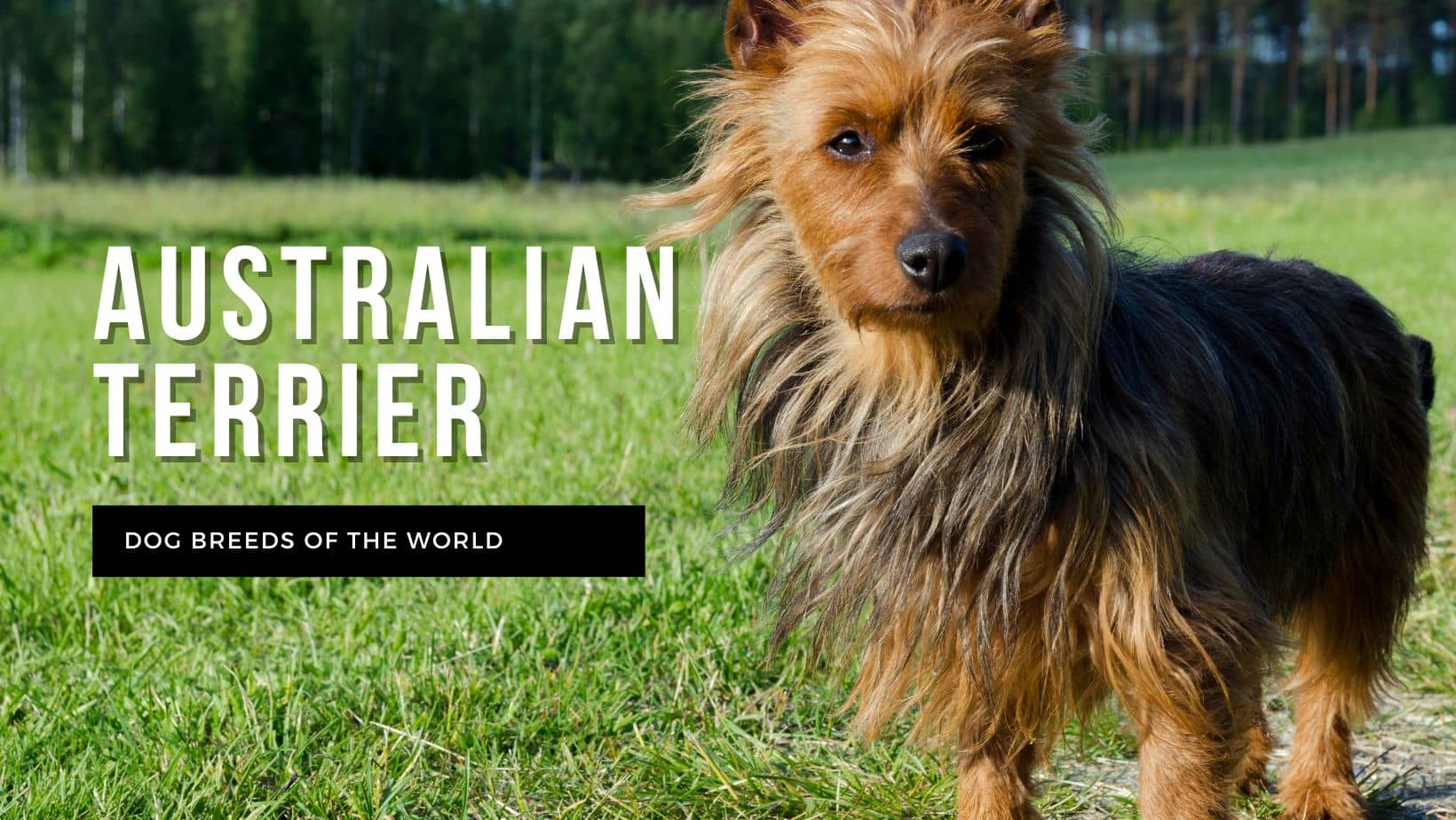
If you want to know what the Australian terrier is like, think of a regular terrier (with a spunky attitude and always-on energy) … but now just in Australian. As other terriers, the Aussie terrier was developed as a ratting dog who also took on snakes, so he is tenacious, high-spirited and rather bossy for his small frame.
He makes a great family dog and is surprisingly tolerant of small children, while also being very loving and affectionate towards the elderly. Unless socialised early on, he can be a bit grumpy and dominating over other dogs in the household.
History
When British settlers arrived in Australia in the early 19th century, they brought their furry friends with them in the form of already established UK terriers. From the rough-coated terrier types (ancestors to modern breeds like the Yorkie, Scottie and Skye terrier to the Cairn, Dandie Dinmont and the Norwich terrier), interbreeding between these terriers (and perhaps others) gave rise to the Australian terrier. The difference with the Aussie terrier is that he expanded his hunting repertoire to include snakes – not only the small rodents that his English cousins were famous for exterminating. The Aussie terrier was also developed to withstand the harsh conditions of the Australian climate.
Exploring new terrain in very remote places on the Australian continent, sometimes all a man had was his dog, and all the dog had was his man, so a very tight bond was established in this breed. Consequently, today the Australian terrier should never be left to his own devices – it’s not good for his emotional health… or your possessions or yard!
By 1850, the Australian terrier breed was established and then officially named as such in 1892. He was shown in Australia and in the UK by the early 20th century, and officially recognised by the Kennel Club in the UK in 1933. The Aussie terrier was only accepted to the American Kennel Club (AKC) in 1960 and has remained relatively unpopular compared to other terrier breeds. He is not particularly popular or prominent in South Africa, but breed enthusiasts are very passionate about expanding awareness about the Australian terrier here.
Temperament
The fact that the Australian terrier is one of the smallest terriers of his type does not diminish his courage, confidence and high spirits. He is plucky, fun-loving and intelligent, but also very affectionate with his owners. This is a very bonded dog who absolutely needs to be around his family at all times.
A snake- and rat hunter at heart, he is alert and self-assured; backed by his curious nature and sharp-edged tenacity. His intelligence, keenness to work and love for his owner mean he’s quick to train, but socialisation and obedience training will ensure these traits stick.
Health
Healthy and hardy, the Aussie terrier is not particularly prone to any genetic diseases, but there are a few that have been noted in this breed. These may include:
- Patellar luxation
- Legg-Calvé-Perthes disease
- Skin allergies
- Diabetes mellitus
Exercise Requirements
Common to most terriers is their high energy levels, which can be managed with plenty of constructive exercise. Regular exercise can include daily walks and vigorous playtime, and if your Aussie terrier is outside of his secure yard, remember to keep him leashed at all times. His hunting instinct is very strong, so he will very likely chase small animals at the first opportunity! If you can’t keep up with a terrier going at full speed… keep him leashed!
The Aussie terrier is not a fan of multi-dog households, but some may take to this arrangement easier with early socialisation and puppy school. Obedience training can best be achieved with plenty of positive reinforcement – treats, toys, attention and lavish praise. These sessions should be kept short because the Aussie terrier is easily bored by repetitive activities and commands, so keep it interesting! He can be quite stubborn, but simply approach this trait with patience and consistency.
Grooming Requirements
The Aussie terrier’s rough coat was developed to be weatherproof in both hot and cold climates. It’s a double coat, so it insulates from the cold and regulates the dog when he gets hot. The harsh coat is dirt-resistant and makes for quick grooming, which should be done regularly – around once a week. He should only be bathed when he’s gotten into something stinky, or if regular grooming doesn’t get him clean. Too much grooming can render his coat soft and his skin dry and itchy.
As a smaller breed, his teeth should be brushed regularly (preferably once a day) to keep his dental health under control, and his nails should be trimmed once or twice a month to ensure his feet are healthy and comfortable.
Ratings
Friendliness to other pets
Friendliness to strangers
Behaviour towards children
Statistics
| Size |
Small |
| Type |
Terrier Group |
| Average adult weight |
6,5 kg |
| Average adult height |
26 cm |
| Average life span |
13 years |
| Breed family |
|
| Area of origin |
Australia |
Gallery
Similar breeds


